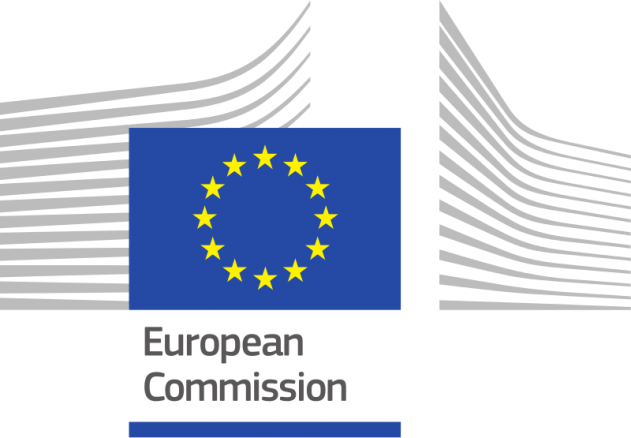
Will MiFID II bring the end of in-depth Sell-Side market research?
In February, implementation of MiFID II got officially pushed back from the beginning of 2017 to January 2018. With the delay, financial firms receive more time to prepare for the upcoming new transaction reporting rules which aim to address among key items; execution transparency and fair trading. The increase of preparation time was important for many firms as they have also had to recently put in place processes to account for EMIR reporting laws that went into effect in 2014.
Beyond just those affected by MiFID II, the delay also provides more time for the European Commission (EC) to develop the final framework for the upcoming rules. In that regard, the EC published its first Delegated Act that sets down a portion of rules related to MiFID II governance.
Among the topics being clarified is payment for market research reports from sell-side firms. A staple of brokers and banks, proprietary market reports are created and provided to customers to help them with their investment choices. Although provided to customers for free, the costs of research are implicitly covered by client trading fees. In order to increase transparency of trading costs, the MiFID II framework calls for the ‘unbundling’ of research that would be charged separately. Buy-side firms would also have to record how much they are spending on reports.
This system though received negative feedback from asset managers though who believed that it would ultimately lead to higher expenses to their clients.
Following recommendations from and ESMA draft created in December, the EC’s Delegated Act put in place an exception for research deemed providing a “non-monetary benefit”. Falling under this category is the majority of research distributed to clients and includes brief market and stock specific analysis and doesn’t include “substantive analysis”.
Nonetheless, more in-depth research is slated to be charged. As such, there is a belief that due to the requirement of selling such information to clients, it will reduce the amount of longer formed research created by sell-side banks and brokers. Potentially filling the gap will be independent research providers distributing in-depth analysis to buy-side customers of all banks and brokers.





